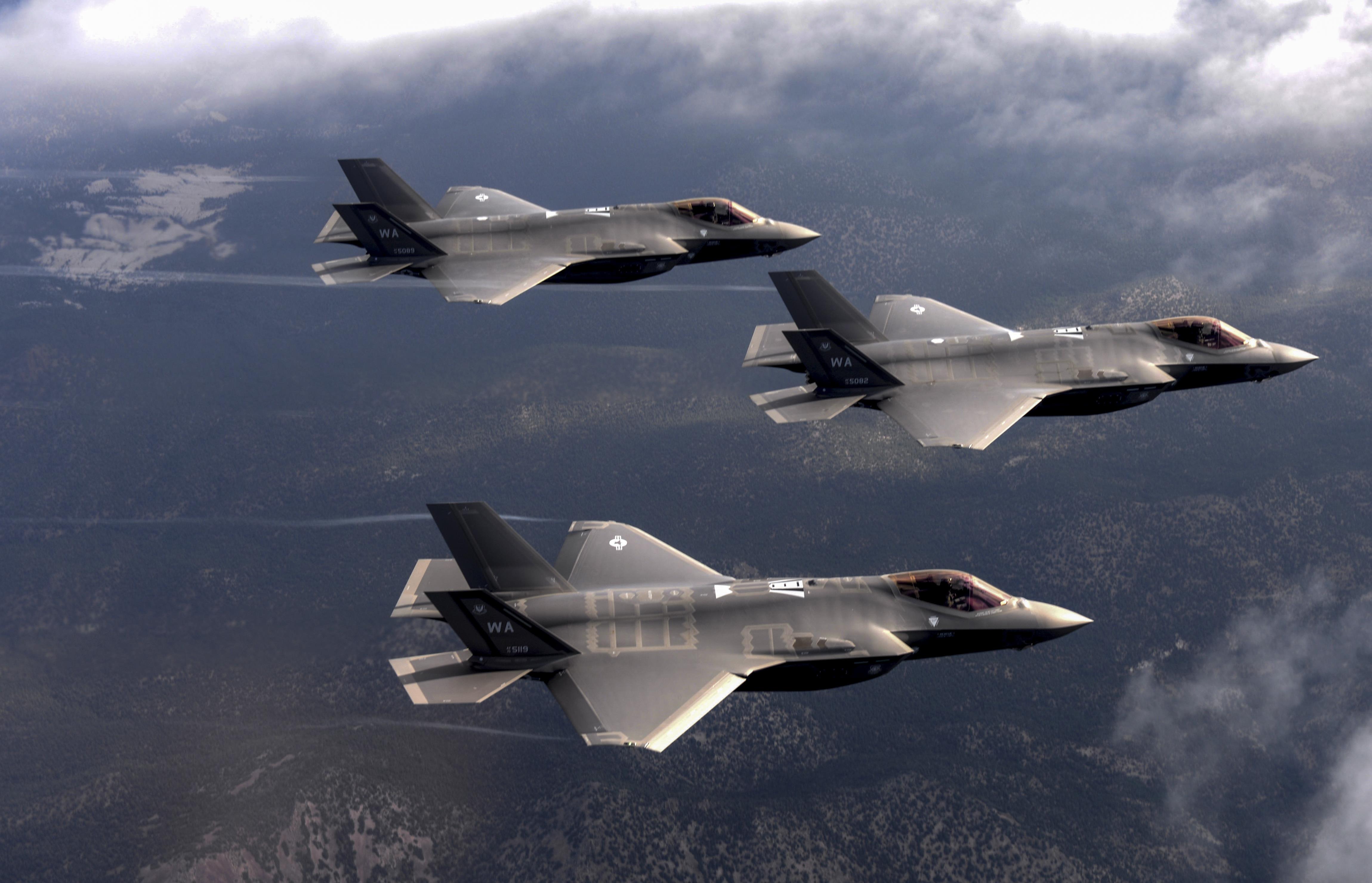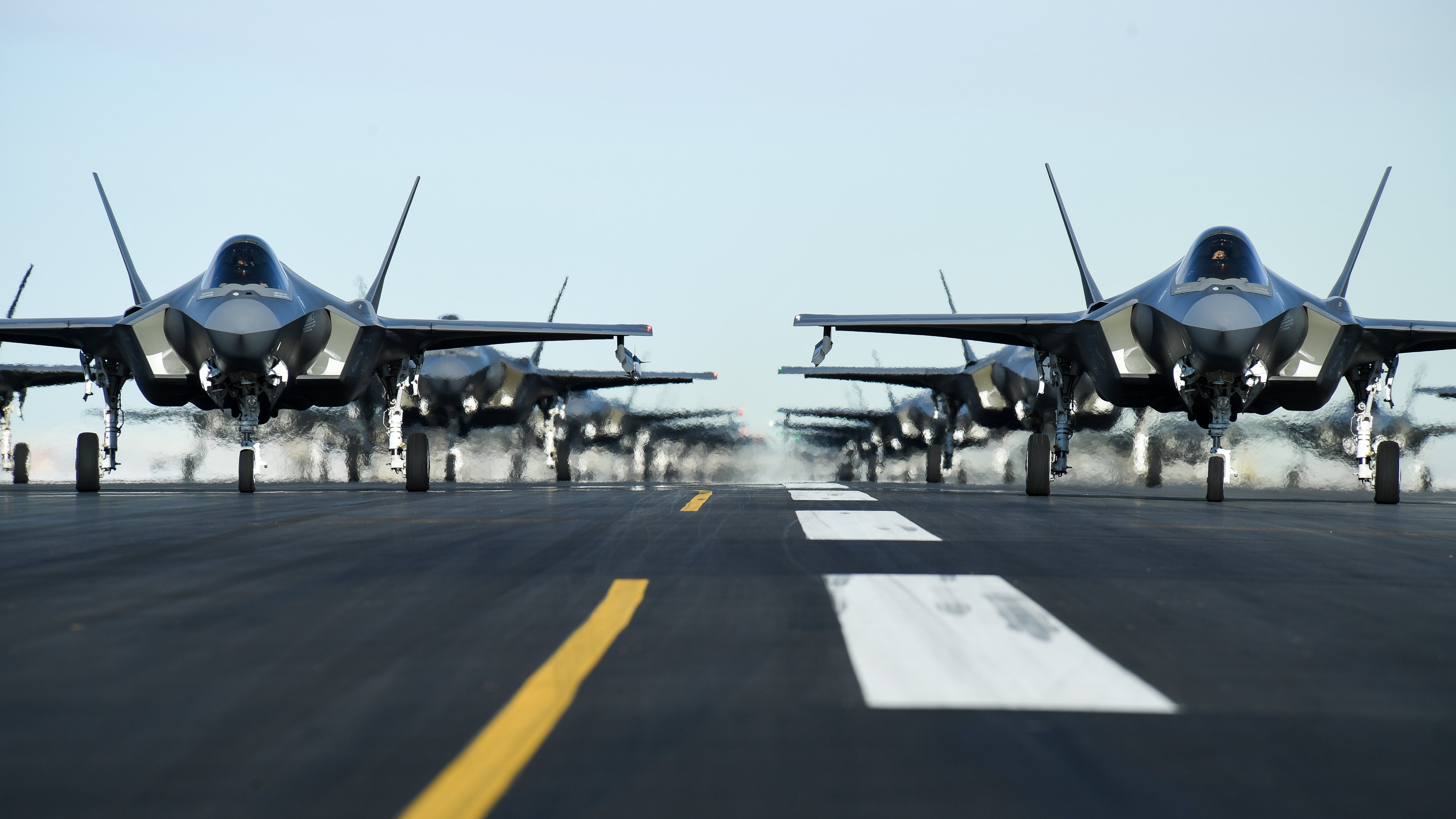Lockheed Martin has awarded BAE Systems a $493 million contract to extensively upgrade and modernize the F-35’s electronic warfare (EW) system.
With this, the fifth-generation stealth fighter will be able to quickly detect and combat changing electromagnetic threats in contested battle spaces, the aerospace giant says.
BAE Systems will deliver improved hardware for the F-35’s high-performance EW mission system, known as AN/ASQ-239, as well as engineering support and test infrastructure, under the terms of the contract.
The EW upgrade, which was made possible by new processors placed under the Tech Refresh 3 program, has been regarded as the centerpiece of the F-35 Block 4 improvements.

With more sensors and more sophisticated signal processing, the enhanced system will provide greater situational awareness and electromagnetic attack and countermeasure capabilities.
“The capabilities we’ll deliver under this contract are foundational, and they’ll be leveraged across platforms to guarantee that all warfighters have the most advanced EW capability at their fingertips,” said Lisa Aucoin, vice president of F-35 Solutions at BAE Systems.
“Our warfighters will be able to outpace evolving threats and protect democracy around the world owing to the highly adaptive mission system.”
The AN/ASQ-239 “collects and processes electromagnetic energy in signal-dense and contested environments,” Aucoin stated. “It provides situational awareness and self-protection by combining offensive and defensive EW capabilities such as broadband radar warning and suppression, targeting support, and multi-spectral countermeasures.”
The robust design of the upgraded electronic warfare system will allow for rapid future upgrades, consistent with the US Department of Defense’s strategy for continuous capability development. The modular architecture of the system will also enable efficient hardware upgrades, lowering lifetime and retrofit costs, as well as faster software updates throughout the whole F-35 fleet.

The system features the Non-Intrusive Electronic Warfare Test Solution (NIEWTS) fault isolation and diagnostics capability, which allows for more precise troubleshooting and lowers maintenance costs even more.
Apart from the EW system, BAE also builds the jet’s aft fuselage, “active interceptor control system” and vehicle management computer at sites in Australia, the United Kingdom, and the United States. To keep the F-35s mission-ready, the business also provides sustainability, technical support, and training services.
The Eagle Passive Active Warning and Survivability System (EPAWSS), which will defend the F-15C, F-15E, and new F-15EX, is also being manufactured by the company. BAE Systems is a global leader in integrated, full-spectrum, multi-domain electronic warfare (EW) systems for defensive and offensive applications across domains.
The company’s Extreme EW 2.0 (EWX) strategy combines world-class agile engineering, next-generation manufacturing, and reinvented sustainment solutions to provide systems that keep warfighters safe from future threats.
F-35 Block 4 Upgrades
According to Lockheed Martin, the F-35 Block 4 upgrade is a “continuous capability development and delivery” program that will give more computing capacity, processing power, and memory than current F-35 computers.
The F-35’s Block 4 software upgrades also provide the jet with more missiles and greater ranges, enabling it to operate AI-driven loyal wingmen (such as the XQ-58A ‘Valkyrie’ drone) through the US Air Force’s Skyborg program.

The F-35 fighter plane can now launch the Sidewinder missile “off boresight” as well as an increasing number of other armaments, thanks to recent software improvements. The Block IV modification will allow the stealth fighter plane to deliver the Small Diameter Bomb Increment II, also known as the Stormbreaker, in the coming years.
According to a report published by The Mitchell Institute for Aerospace Studies, “Block 4” is a “suite of mostly classified hardware upgrades, technologies, and software drops that substantially improves F-35 combat effectiveness”. “The F-35 was designed and built with the goal of spiraling more capabilities into production aircraft,” it says.
The F-35 will receive 53 enhancements as part of Block 4 upgrades. The Technology Refresh 3 package includes new hardware that will lead to more powerful core processing and computer capability, as well as improved cockpit displays and memory system capacity.

This will also increase the performance of the DAS (Distributed Aperture System), which consists of six cameras positioned around the F-35 to create a “Sensor Fusion” picture. The F-35’s Sensor Fusion tells the pilot what the radar detects and then displays the data either in the helmet visor or on the instrument panel’s “glass touchscreen”.
It reduces the pilot’s workload in the cockpit by deciphering and identifying data and targets. Moreover, Sensor Fusion and data sharing aboard the F-35 allow wingmen to see the same picture, battlefield condition, and threats without having to communicate over the radio.
DAS monitors data temperature differences to identify and track missile launches, according to Lockheed. DAS projects a live “real-time” feed onto the pilot’s helmet visor at all times of the day and night, and even allows the pilot to “see” through the jet’s floor below him using cameras embedded in the fuselage.
The F-35’s APG-81 AESA radar, stellar computing power, Sensor Fusion, and DAS enable it to be even more potent and useful than the F-22 Raptor of the United States Air Force.
- Contact the author at ashishmichel@gmail.com
- Follow EurAsian Times on Google News




